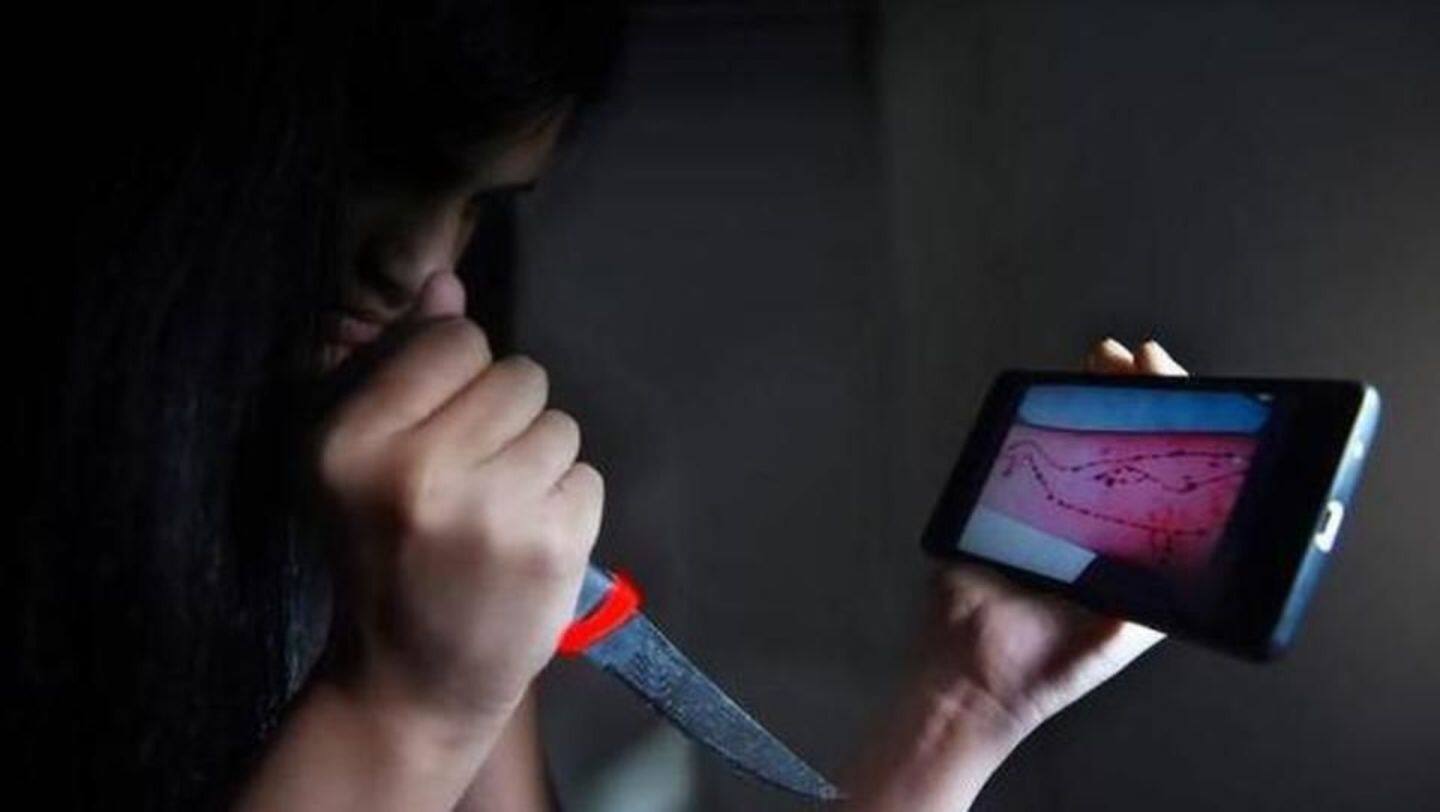
The Blue Whale challenge: Fact or fiction?
What's the story
Since months, it has been alleged that the 'Blue Whale Challenge' has been preying on youths. Many suicides in India have been attributed to this game. The first reported case was of a 14-year old boy in Mumbai who allegedly committed suicide. However, no conclusive evidence was found regarding Blue Whale. Is this game actually taking lives, or is it just an urban legend?
Blue Whale
What is the Blue Whale challenge?
The Blue Whale challenge is an online game played on social media apps and online gaming and community messaging areas. Through various code words such as "F57", "F58" or "I am Whale," the curators can be reached. The designated curator then assigns the player a series of 50 tasks which ultimately culminate in the player committing suicide. Reportedly, this game originated in Russia.
Russia
Blue Whale in Russia: Myth or reality
Blue Whale's emergence from Russia has allegedly been based on rumor. Russia's daily "Izvestia" did an investigative piece in February 2017 that revealed about 2 lakh uses of "known 'Blue Whale' hashtags" exist. But, these were used by "tens of thousands of bots" and not people. Research by Snopes.com and Radio Free Europe revealed that suicides were connected to "Blue Whale" without conclusive evidence.
India
Have the Indian cases been conclusively linked to "Blue Whale"?
In India, several suicides have initially been linked to Blue Whale game. But a closer look will reveal a pattern. The first reported incident, a 14-year-old Mumbaikar's suicide, was due to a broken affair, police said. WB's Ankan Dey didn't even have a smartphone. Keralaite Manoj Chandran's mother suspected Blue Whale due to injuries she had observed; but, post mortem didn't reveal bodily harm.
Main issue
Has the main issue of depression and suicide been sidelined?
Most suicides reveal that the teens were allegedly depressed or craving attention. Are these issues being sidelined in the "Blue Whale" din? Though Keralite MK Sawant had a history of mental illness, his suicide was alleged as being "Blue Whale"-induced. A Bengal teen found with a slashed hand revealed that he lied about being instigated by "Blue Whale" and just wanted attention.
Data
India has an alarmingly high rate of teenage suicides
Statistics from the National Crime Records Bureau (NCRB) has revealed that in 2011-2015, about 40,000 students killed themselves and in 2015 alone, the suicides stood at 8,934. Moreover, HT reports that the number of attempted suicides is probably much higher.
Sensationalism
Has the media been involved in reckless journalism?
Media's reporting of these suicides reveals that most reports linked them to "Blue Whale" based on suppositions of those "close" to the victims. In an Indore case, the teacher who "rescued" a student said he was involved in the challenge. Police said, he was stressed due to studies. A Chennai girl aged 24 committed suicide; the neighbors suspected "Blue Whale" because she looked depressed.
Regulation
How can this type of reportage be regulated?
Through this reportage, the media broke many ethical principles, particularly of not passing on "conjecture, speculation or comment" as "fact." The Press Council of India (PCI) states that "these categories should be distinctly identified." Media organizations such as PCI and Editors Guild of India might've to identify guidelines about reporting on sensitive issues by focusing on accuracy. This might mitigate the "Blue Whale" panic.